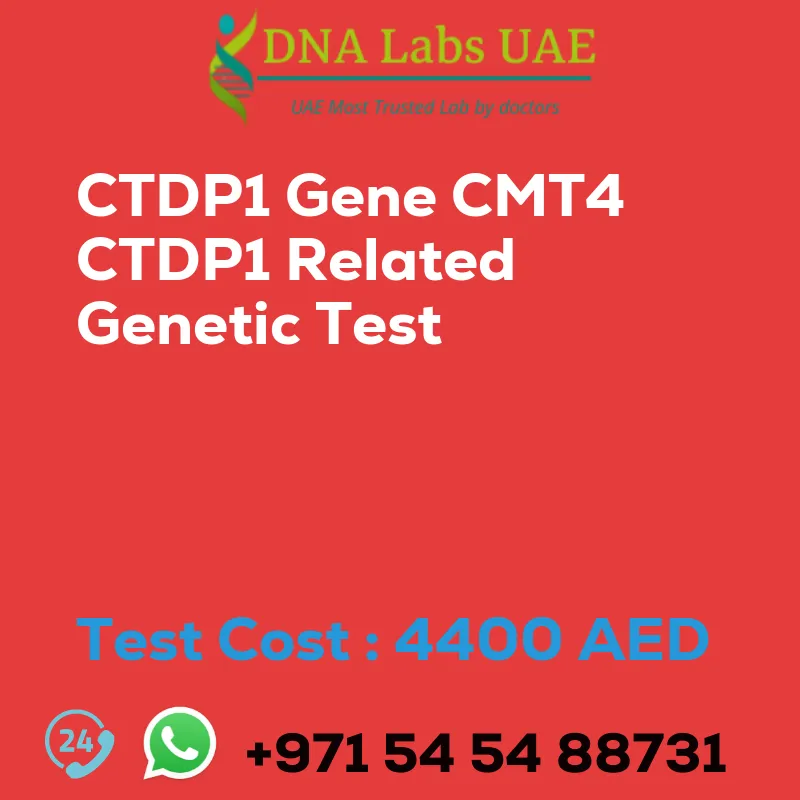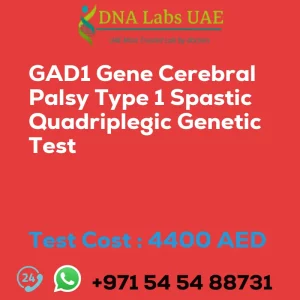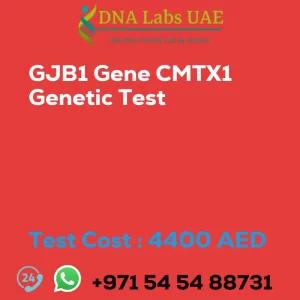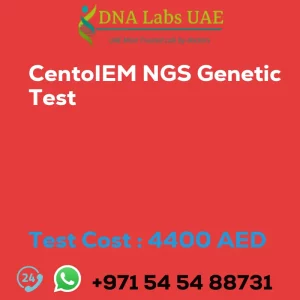CTDP1 Gene CMT4 CTDP1 related Genetic Test
Components
Price: 4400.0 AED
Sample Condition
Blood or Extracted DNA or One drop Blood on FTA Card
Report Delivery
3 to 4 Weeks
Method
NGS Technology
Test Type
Neurological Disorders
Doctor
Neurologist
Test Department
Genetics
Pre Test Information
Clinical History of Patient who is going for CTDP1 Gene CMT4, CTDP1 related NGS Genetic DNA Test
A Genetic Counselling session to draw a pedigree chart of family members affected with CTDP1 Gene CMT4, CTDP1 related
Test Details
CTDP1 gene is associated with a type of Charcot-Marie-Tooth disease called CMT4. This disease affects the peripheral nerves and causes muscle weakness and wasting in the feet, legs, hands, and forearms. CTDP1-related NGS genetic testing is a diagnostic tool used to identify mutations in the CTDP1 gene that may be responsible for CMT4. The test involves sequencing the CTDP1 gene to detect any changes or mutations that may be present. This information can help healthcare providers determine the best course of treatment and management for patients with CMT4.
| Test Name | CTDP1 Gene CMT4 CTDP1 related Genetic Test |
|---|---|
| Components | |
| Price | 4400.0 AED |
| Sample Condition | Blood or Extracted DNA or One drop Blood on FTA Card o |
| Report Delivery | 3 to 4 Weeks |
| Method | NGS Technology |
| Test type | Neurological Disorders |
| Doctor | Neurologist |
| Test Department: | Genetics |
| Pre Test Information | Clinical History of Patient who is going for CTDP1 Gene CMT4, CTDP1 related NGS Genetic DNA Test A Genetic Counselling session to draw a pedigree chart of family members affected with CTDP1 Gene CMT4, CTDP1 related |
| Test Details |
CTDP1 gene is associated with a type of Charcot-Marie-Tooth disease called CMT4. This disease affects the peripheral nerves and causes muscle weakness and wasting in the feet, legs, hands, and forearms. CTDP1-related NGS genetic testing is a diagnostic tool used to identify mutations in the CTDP1 gene that may be responsible for CMT4. The test involves sequencing the CTDP1 gene to detect any changes or mutations that may be present. This information can help healthcare providers determine the best course of treatment and management for patients with CMT4. |








